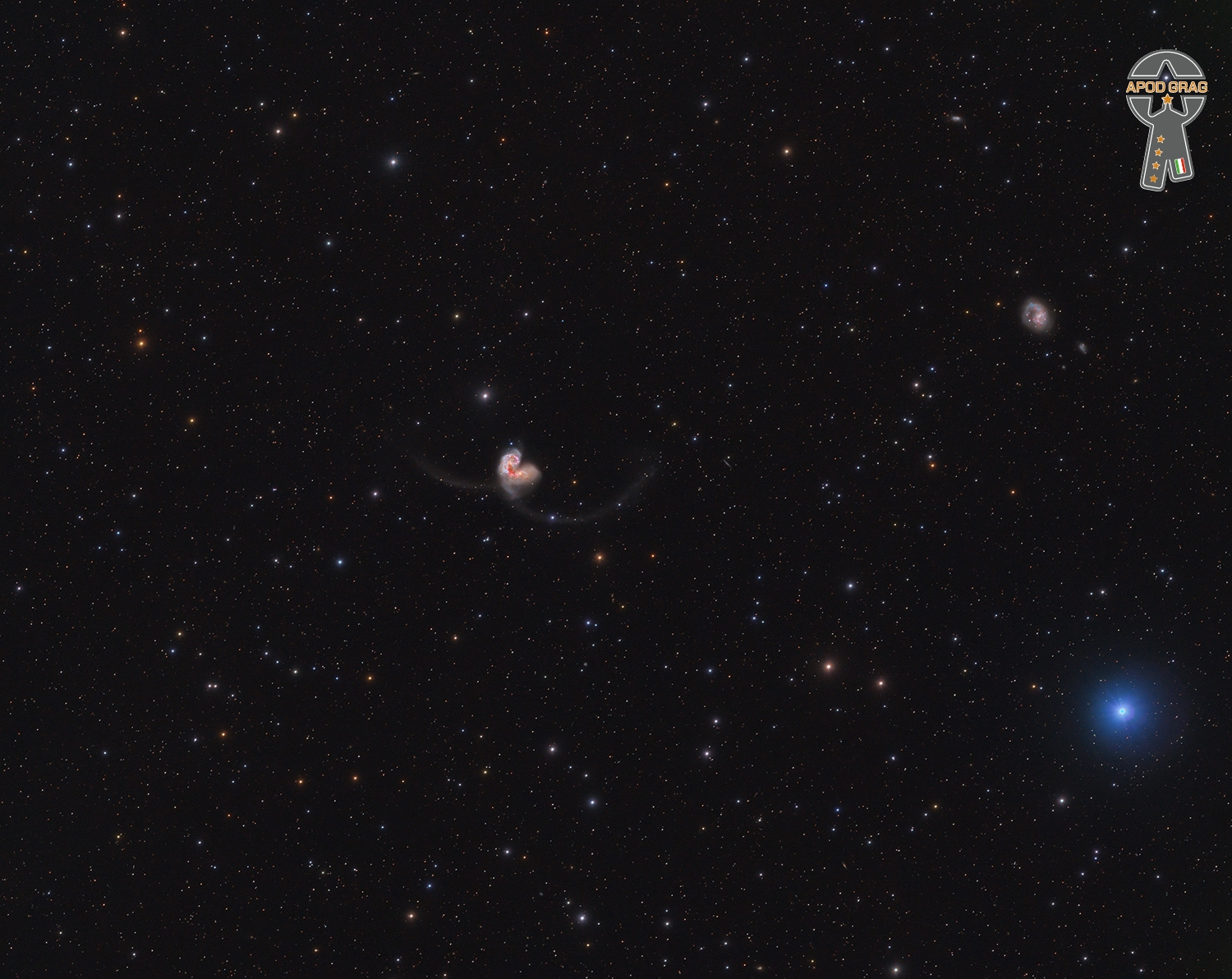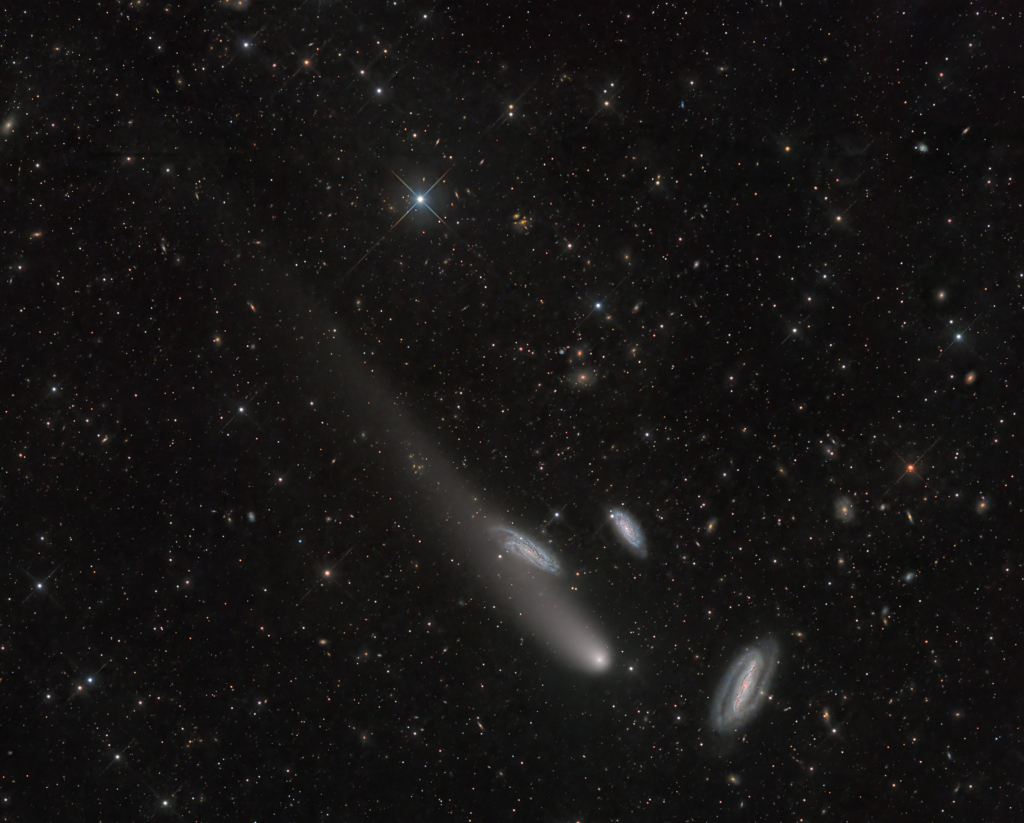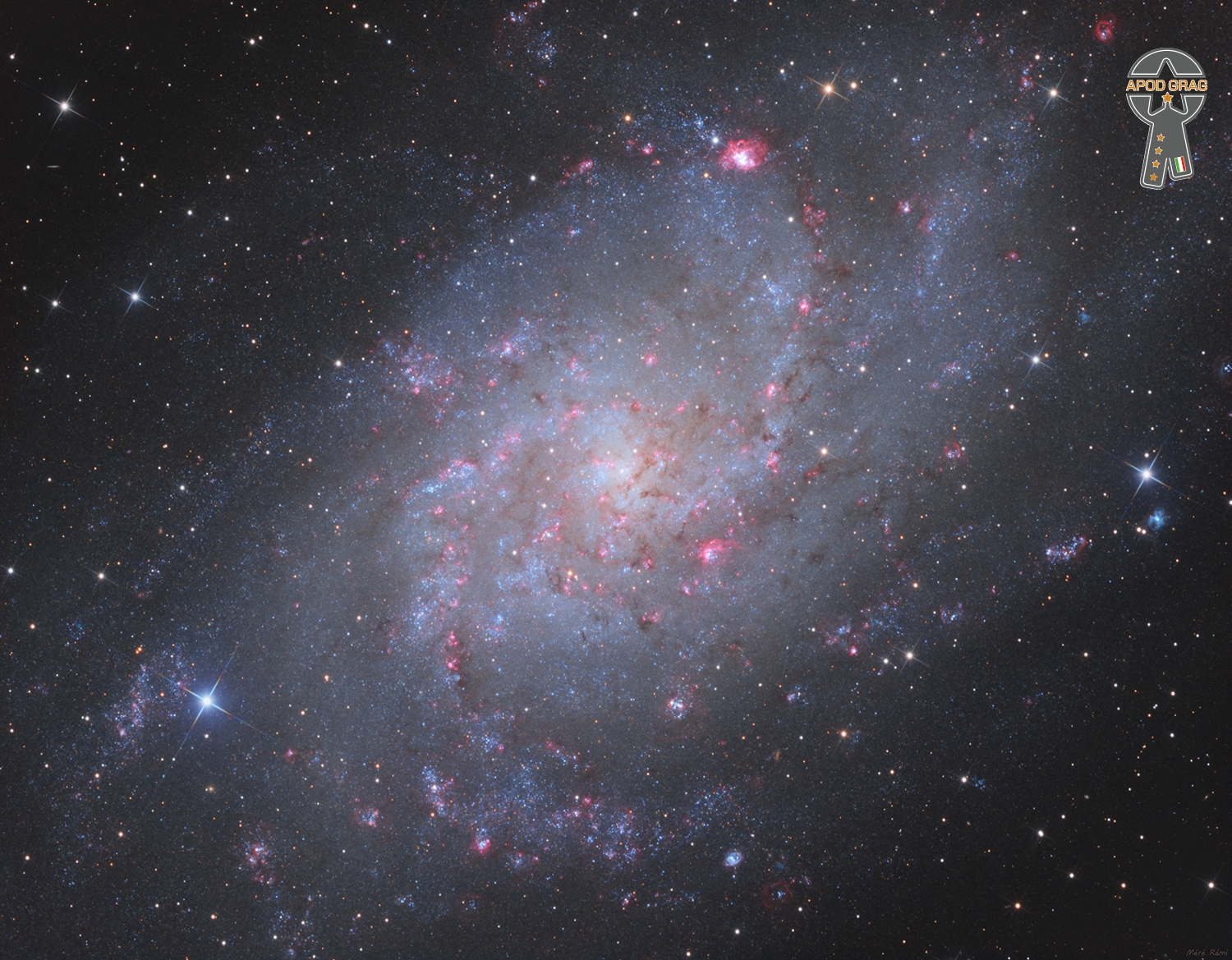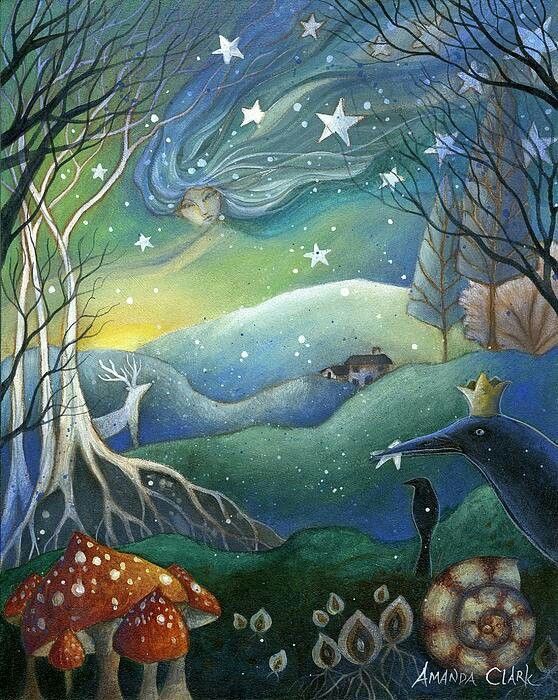Blog
Frank Morgan (December 23, 1933 – December 14, 2007) was a jazz saxophonist with a career spanning more than 50 years. He mainly played alto saxophone but also played soprano saxophone. He was known as a Charlie Parker successor who primarily played bebop and ballads.
Frank Morgan was born in Minneapolis, Minnesota in 1933, but spent most of his childhood living with his grandmother in Milwaukee, Wisconsin while his parents were on tour. Morgan’s father Stanley was a guitarist with Harlan Leonard and the Rockets and The Ink Spots, and his mother, Geraldine, was a 14-year-old student when she gave birth to him. Morgan took up his father’s instrument at an early age, but lost interest the moment he saw Charlie Parker take his first solo with the Jay McShann band at the Paradise Theater in Detroit, Michigan. Stanley introduced them backstage, where Parker offered Morgan advice about starting out on the alto sax, and they met at a music store the following day. Morgan, seven years old at the time, assumed they’d be picking out a saxophone, but Parker suggested he start on the clarinet to develop his embouchure. Morgan practiced on the clarinet for about two years before acquiring a soprano sax, and finally, an alto. Morgan moved to live with his father (by that time divorced) in Los Angeles, California at the age of 14, after his grandmother caught him with marijuana.
more...Chesney Henry “Chet” Baker Jr. (December 23, 1929 – May 13, 1988) was an American jazz trumpeter and vocalist. He is known for major innovations in cool jazz that led him to be nicknamed the “Prince of Cool”.
Baker earned much attention and critical praise through the 1950s, particularly for albums featuring his vocals: Chet Baker Sings (1954) and It Could Happen to You (1958). Jazz historian Dave Gelly described the promise of Baker’s early career as “James Dean, Sinatra, and Bix, rolled into one”. His well-publicized drug habit also drove his notoriety and fame. Baker was in and out of jail frequently before enjoying a career resurgence in the late 1970s and 1980s.
Baker was born December 23, 1929, in Yale, Oklahoma, and raised in a musical household. His father, Chesney Baker Sr., was a professional Western swing guitarist, and his mother, Vera Moser, was a pianist who worked in a perfume factory. His maternal grandmother was Norwegian. Baker said that owing to the Great Depression, his father, though talented, had to quit as a musician and take a regular job. In 1940, when Baker was 10, his family relocated to Glendale, California.
more...Mt Zion Shabbat for the Soul Friday service with Tami Morse, mick labriola with Guitar Corp and violin.
more...The antennae galaxies which is the collision between the galaxies NGC 4038 and NGC 4037, next to it the small ESO 572-45
In the upper right corner: The galaxy NGC 4027, just below it a smaller one called ESO 572-36 and above it another, even smaller one, called ESO 572-34
Several other small galaxies can be seen in the field, best seen in the high definition image, you can travel in the field looking for small galaxies.
The NGC 4038 Group is a group of galaxies in the constellations Corvus and Crater. The group may contain between 13 and 27 galaxies. The group’s best known galaxies are the Antennae Galaxies (NGC 4038/NGC4039), a well-known interacting pair of galaxies.

Frank Gambale born 22 December 1958) is an Australian jazz fusion guitarist. He has released twenty albums over a period of three decades, and is known for his use of the sweep picking and economy picking techniques.
Gambale graduated from the Guitar Institute of Technology in Hollywood with Student of the Year honors and taught there from 1984 to 1986.
With the Mark Varney Project, consisting of Allan Holdsworth, Brett Garsed, and Shawn Lane, he recorded two albums, Truth in Shredding (1990) and Centrifugal Funk (1991).
more...John Patitucci (born December 22, 1959) is an American jazz bassist and composer. John James Patitucci was born in Brooklyn, New York. He began playing the electric bass at age 10, performing and composing at age 12, and at age 15, started playing the acoustic bass, as well as piano by age 16. He listened to bass parts in R&B songs on the radio and on his grandfather’s jazz records. He cites as influences Oscar Peterson‘s albums with Ray Brown and Wes Montgomery‘s with Ron Carter. For the development of rhythm, he points to the time he has spent with Danilo Pérez, a pianist from Panama. In the late 1970s he studied acoustic bass at San Francisco State University and Long Beach State University. He began his professional career when he moved to Los Angeles in 1980 and made connections with Henry Mancini, Dave Grusin, and Tom Scott. From the mid-1980s to the mid-1990s he was a member of three Chick Corea groups: the Elektric Band, the Akoustic Band, and the quartet. As a leader he formed a trio with Joey Calderazzo and Peter Erskine, and a quartet with Vinnie Colaiuta, Steve Tavaglione, and John Beasley. He has played with Herbie Hancock, Wayne Shorter, and Roy Haynes. Patitucci switches between double bass and electric bass.
more...Lil Green (December 22, 1919 (some sources give 1901 or 1910) – April 14, 1954) was an American classic female blues singer and songwriter. She was among the leading female rhythm and blues singers of the 1940s, with a sensual soprano voice. Gospel singer R.H. Harris lauded her voice, and her interpretation of religious songs. Originally named Lillian Green or Lillie May Johnson, she was born in Mississippi. After the early deaths of her parents, she began performing in her teens and, having honed her craft in the church performing gospel, she sang in Mississippi jukes, before heading to Chicago, Illinois, in 1929, where she would make all of her recordings.
more...
the southern constellation Grus (The Crane). But the three spiral galaxies at the lower right are quite striking. In fact, all three galaxies are grouped about 70 million light years away and sometimes known as the Grus Triplet. They share the pretty telescopic frame, recorded on December 13, with the comet designated C/2020 V2 ZTF. Now outbound from the inner Solar System and swinging below the ecliptic plane in a hyperbolic orbit, the comet was about 29 light-minutes from our fair planet in this image. And though comet ZTF was brighter when it was closest to the Sun last May and closest to Earth in September of 2023, it still shines in telescopes pointed toward southern night skies, remaining almost as bright as the Grus Triplet galaxies.

more...
Francisco Sánchez Gómez 21 December 1947 – 25 February 2014), known as Paco de Lucía , was a Spanish virtuoso flamenco guitarist, composer, and record producer. A leading proponent of the new flamenco style, he was one of the first flamenco guitarists to branch into classical and jazz. Richard Chapman and Eric Clapton, authors of Guitar: Music, History, Players, describe de Lucía as a “titanic figure in the world of flamenco guitar”, and Dennis Koster, author of Guitar Atlas, Flamenco, has referred to de Lucía as “one of history’s greatest guitarists”.
De Lucía was noted for his fast and fluent picados (fingerstyle runs). A master of contrast, he often juxtaposed picados and rasgueados (flamenco strumming) with more sensitive playing and was known for adding abstract chords and scale tones to his compositions with jazz influences. These innovations saw him play a key role in the development of traditional flamenco and the evolution of new flamenco and Latin jazz fusion from the 1970s. He received acclaim for his recordings with flamenco singer Camarón de la Isla in the 1970s, recording ten albums which are considered some of the most important and influential in flamenco history.
Some of de Lucía’s best known recordings include “Río Ancho” (later fused with Al Di Meola‘s “Mediterranean Sundance“), “Entre dos aguas“, “La Barrosa“, “Ímpetu“, “Cepa Andaluza” and “Gloria al Niño Ricardo“. His collaborations with guitarists John McLaughlin, Al Di Meola and Larry Coryell in the late 1970s saw him gain wider popularity outside his native Spain. De Lucía formed the Paco de Lucía Sextet in 1981 with his brothers, singer Pepe de Lucía and guitarist Ramón de Algeciras, and collaborated with jazz pianist Chick Corea on their 1990 album, Zyryab. In 1992, he performed live at Expo ’92 in Seville and a year later on the Plaza Mayor in Madrid. He also collaborated with guitarist Juan d’Anyelica on his album Cositas Buenas. After 2004 he greatly reduced his public performances, retiring from full touring, and typically only gave several concerts a year, usually in Spain and Germany and at European festivals during the summer months.
more...Frank Vincent Zappa (December 21, 1940 – December 4, 1993) was an American musician, composer, and bandleader. His work is characterized by nonconformity, free-form improvisation, sound experimentation, musical virtuosity and satire of American culture. In a career spanning more than 30 years, Zappa composed rock, pop, jazz, jazz fusion, orchestral and musique concrète works; he also produced almost all of the 60-plus albums that he released with his band the Mothers of Invention and as a solo artist. Zappa also directed feature-length films and music videos, and designed album covers. He is considered one of the most innovative and stylistically diverse musicians of his generation.
As a mostly self-taught composer and performer, Zappa had diverse musical influences that led him to create music that was sometimes difficult to categorize. While in his teens, he acquired a taste for 20th-century classical modernism, African-American rhythm and blues, and doo-wop music. He began writing classical music in high school, while at the same time playing drums in rhythm and blues bands, later switching to electric guitar. His debut studio album with the Mothers of Invention, Freak Out! (1966), combined songs in conventional rock and roll format with collective improvisations and studio-generated sound collages. He continued this eclectic and experimental approach whether the fundamental format was rock, jazz, or classical.
Zappa’s output is unified by a conceptual continuity he termed “Project/Object”, with numerous musical phrases, ideas, and characters reappearing across his albums. His lyrics reflected his iconoclastic views of established social and political processes, structures and movements, often humorously so, and he has been described as the “godfather” of comedy rock. He was a strident critic of mainstream education and organized religion, and a forthright and passionate advocate for freedom of speech, self-education, political participation and the abolition of censorship. Unlike many other rock musicians of his generation, he disapproved of recreational drug use, but supported decriminalization and regulation.
Zappa was a highly productive and prolific artist with a controversial critical standing; supporters of his music admired its compositional complexity, while detractors found it lacking emotional depth. He had greater commercial success outside the US, particularly in Europe. Though he worked as an independent artist, Zappa mostly relied on distribution agreements he had negotiated with the major record labels. He remains a major influence on musicians and composers. His many honors include his posthumous 1995 induction into the Rock and Roll Hall of Fame and the 1997 Grammy Lifetime Achievement Award.
more...Bennie Ross “Hank” Crawford, Jr. (December 21, 1934 – January 29, 2009) was an American alto saxophonist, pianist, arranger and songwriter whose genres ranged from R&B, hard bop, jazz-funk, and soul jazz. Crawford was musical director for Ray Charles before embarking on a solo career releasing many well-regarded albums for labels such as Atlantic, CTI and Milestone.
Crawford was born in Memphis, Tennessee, United States. He began formal piano studies at the age of nine and was soon playing for his church choir. His father had brought an alto saxophone home from the service and when Hank entered Manassas High School, he took it up in order to join the band. He credits Charlie Parker, Louis Jordan, Earl Bostic and Johnny Hodges as early influences.
Crawford appears on an early 1952 Memphis recording for B.B. King, with a band including Ben Branchand Ike Turner.
more...The Triangulum Galaxy is a spiral galaxy 2.73 million light-years (ly) from Earth in the constellationTriangulum. It is catalogued as Messier 33 or NGC (New General Catalogue) 598. With the D25 isophotal diameter of 18.74 kiloparsecs (61,100 light-years), the Triangulum Galaxy is the third-largest member of the Local Group of galaxies, behind the Andromeda Galaxy and the Milky Way.

More Posts
- Eddie Harris
- Jelly Roll Morton
- SAVE UKRAINE World Music DakhaBrakha
- Daily Roots Earl Cunningham
- Cosmos NGC 7497
- Frankie Paul
- Piano Red
- Farid al-Atrash
- World Music Baba Commandant and the Mandingo Band
- Daily Roots Lee Scratch Perry
- Cosmos Aurora/Milky Way Sweden
- Anita O’day
- Esperanza Spalding
- Wynton Marsalis
- Laura Nyro
- Chuck Berry
- World Music DOGO
- Daily Roots Johnny Clarke
- Cosmos HH 1 & 2
- Wyclef Jean

